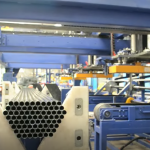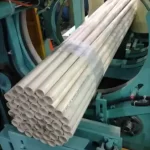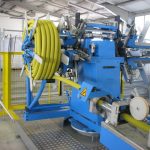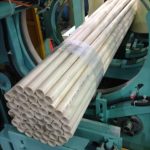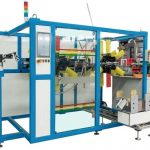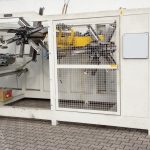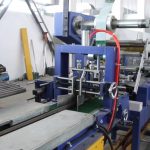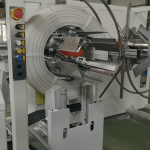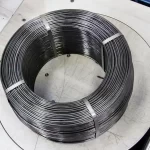Benefits of Pipe Bundle Making Machines
Efficient Pipe Bundle Making
A pipe bundle making machine can quickly and efficiently bundle pipes with precision and consistency. The machine can handle a range of pipe diameters and materials, making it a versatile solution for a variety of industries. With the ability to bundle pipes in a matter of minutes, you can reduce labor costs and increase throughput.
Customizable Options
Not all pipes are created equal, which is why our bundle making machine can be customized to meet your specific needs. The machine can be programmed to bundle your pipes in a specific way, ensuring that your pipes are bundled to your exact requirements. This level of customization ensures that your pipes are protected during transportation and storage, reducing the risk of damage.
Reduced Labor Costs and Increased Productivity
By automating your pipe bundling process, our machine can significantly reduce labor costs and increase productivity. You can take on more projects and increase your bottom line. With a faster and more efficient packaging process, you can meet customer demands and stay ahead of the competition.
Benefits of Bag Packing Machines
High-Speed Bag Packing
Our bag packing machine is designed to provide high-speed and efficient packing for your bundled pipes. The machine can handle a range of bag sizes, materials, and thicknesses, making it a versatile solution for a variety of industries. With the ability to pack your bundled pipes in a matter of minutes, you can reduce labor costs and increase productivity.
Customizable Bag Packing Options
Our bag packing machine can be customized to meet your specific needs. The machine can be programmed to pack your bundled pipes in a specific way, ensuring that your pipes are packed to your exact requirements. This level of customization ensures that your pipes are protected during transportation and storage, reducing the risk of damage.
Reduced Labor Costs and Increased Productivity
By automating your bag packing process, our machine can significantly reduce labor costs and increase productivity. You can take on more projects and increase your bottom line. With a faster and more efficient packaging process, you can meet customer demands and stay ahead of the competition.
